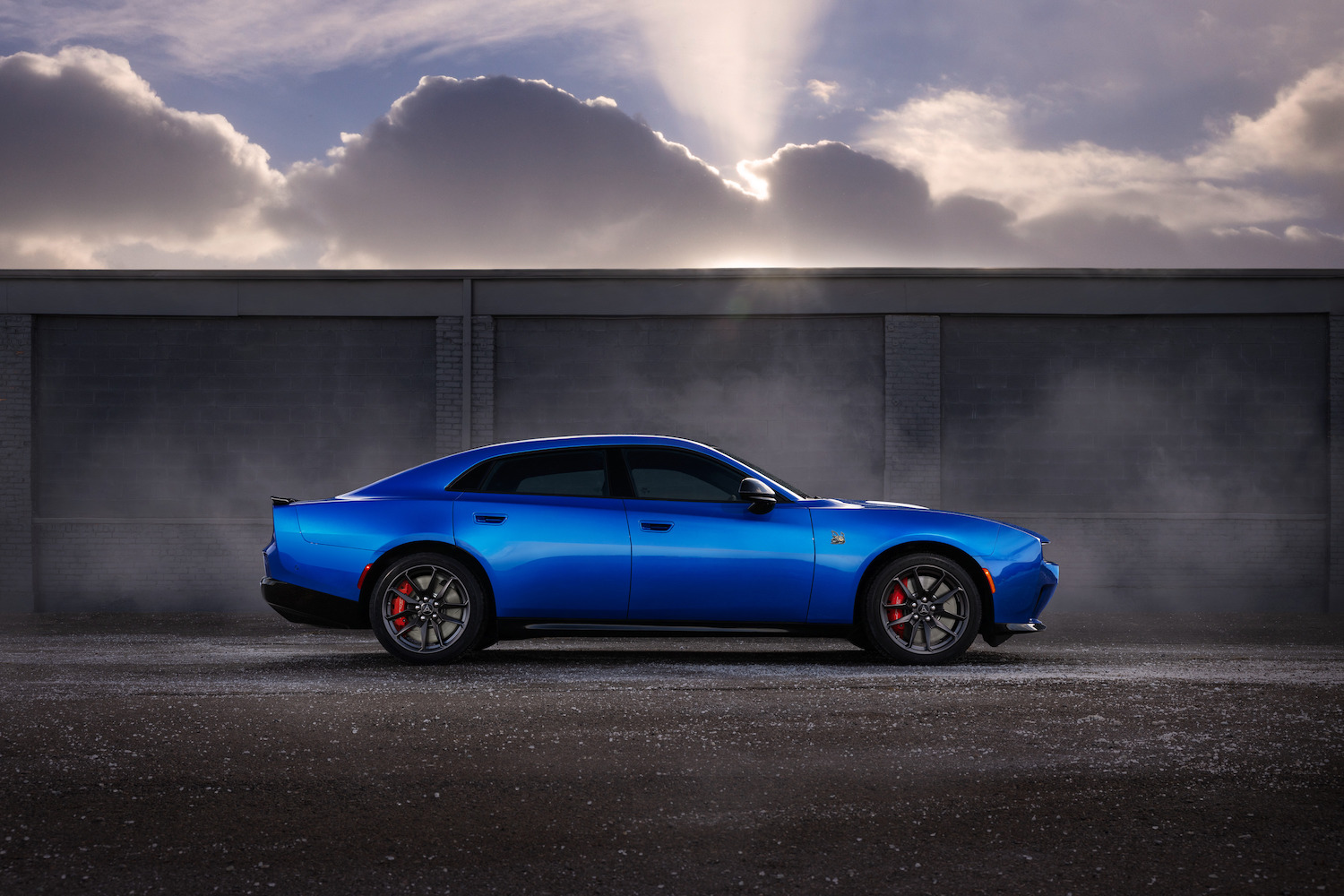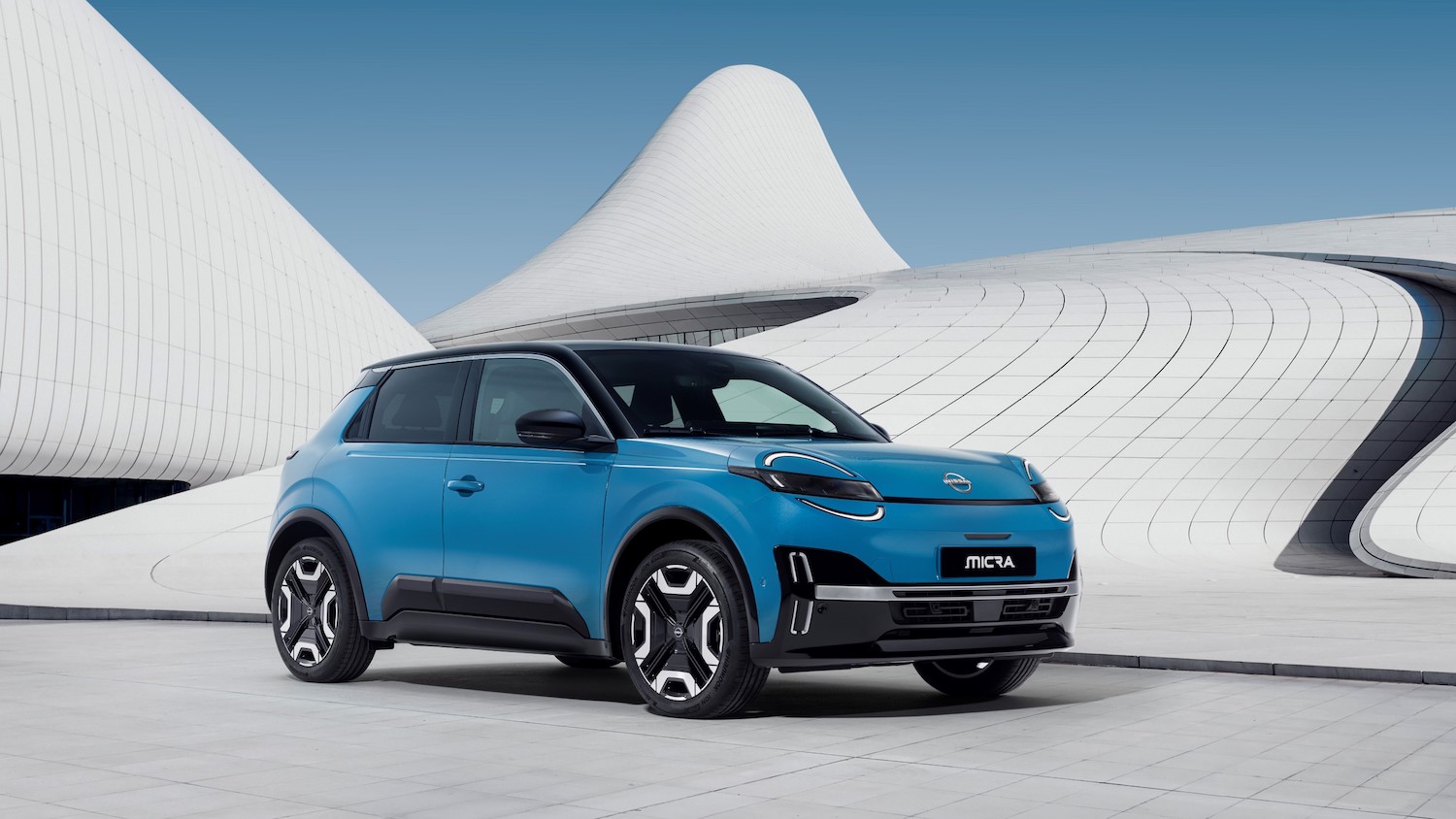Optimal Brake Pad Replacement Frequency Guide
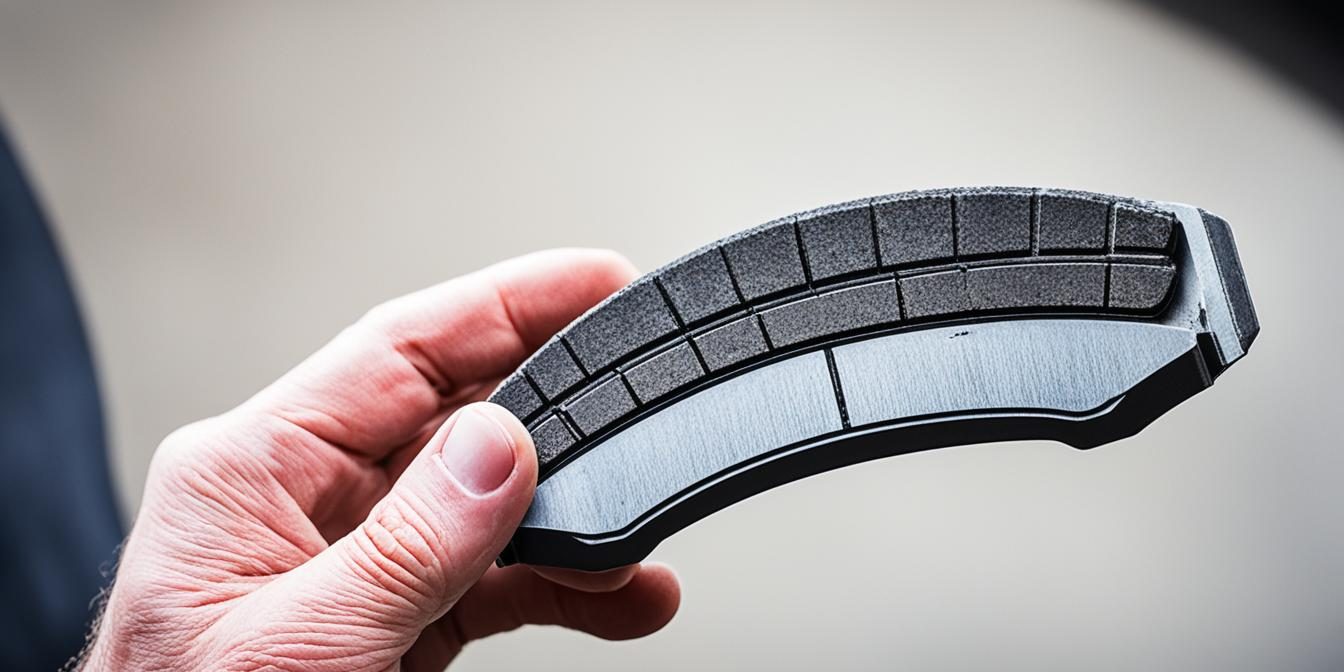
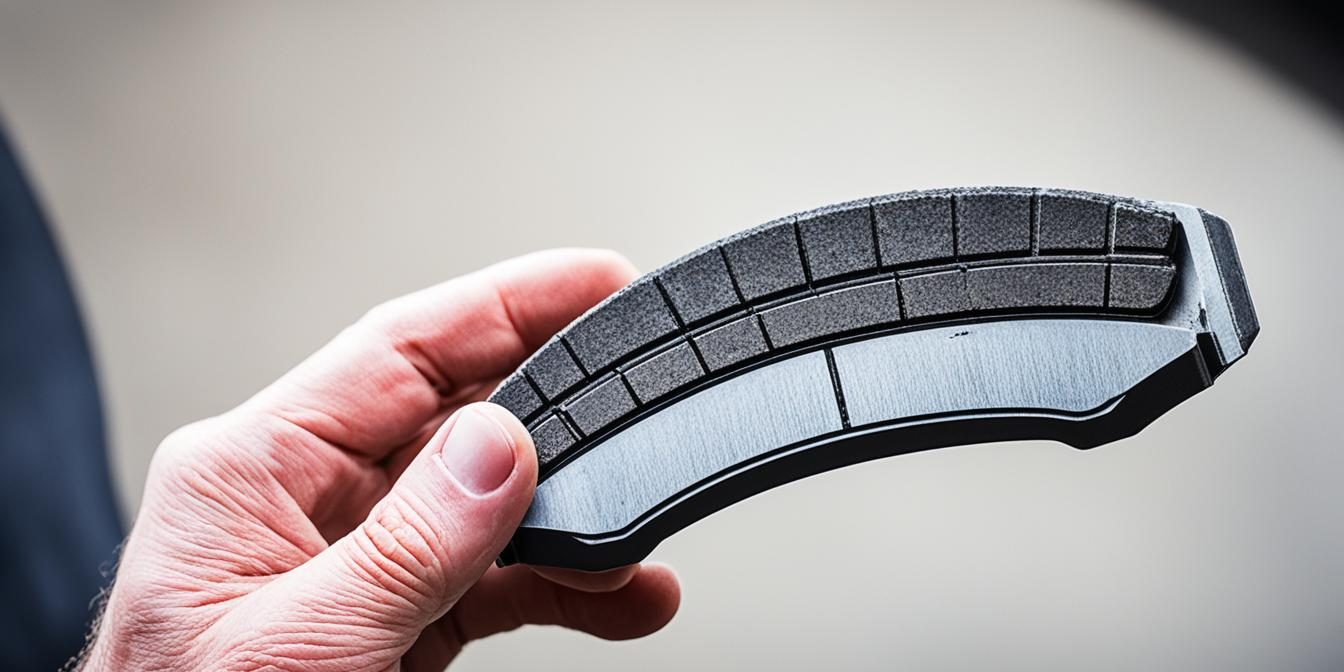
Replacing your brake pads is crucial for your car’s safety and how well it drives. But, how often should you change them? And is there a best time to do it?
It’s good to think about when to replace your brake pads and what affects this decision. Knowing when to change them will help make your brakes last longer. This keeps you and everyone else safe on the road.
Factors to Consider When Choosing Brake Pads
When you pick brake pads for your car, you have to think about several things. Think about if they match your vehicle, your driving style, and the weather where you live. These factors help you pick the best brake pads for your needs.
First, check if the brake pads fit your car. Not all brake pads work with every car. Make sure to get ones that are made for your specific car. This ensures they work right and keep you safe on the road.
Your driving style matters a lot too. Various brake pad types are made for different driving habits. If you drive fast or brake hard, choose ones that perform better, like semi-metallic pads. They give you more control when you need it most.
If you drive slowly or are often in traffic, consider durability. Some brake pads last longer and are better for cars that brake a lot. Choosing them means you won’t have to replace them as often.
Think about the weather where you drive. Brake pads that can handle high heat are needed in hot places. For rainy or snowy areas, pick pads with good friction. These help you stop safely in bad weather.
There are many brake pads to choose from. Remember these points to make the best choice. They ensure your brakes work well, last long, and keep you safe.
Brake Pad Materials for Different Driving Styles
| Driving Style | Recommended Brake Pad Material |
|---|---|
| Aggressive, High-Speed Driving | Performance-oriented (e.g., semi-metallic) brake pads |
| Stop-and-Go Traffic, Relaxed Driving | Durable and long-lasting brake pads |
Tips to Help Extend the Life of Your Brake Pads
To make your brake pads last longer and work better, follow these key tips.
1. Regular Brake Pad Inspections
Look at your brake pads often to see any wear or thinning. If they’re less than 1/4-inch thick, replace them. Also, if you hear any strange sounds, like squeals or grinds, you might need new pads.
2. Gentle Braking
Brake smoothly to help your pads live longer. Avoid hard, sudden stops. This will keep your pads in better shape for longer.
3. Avoid Excessive Weight
Too much weight in your car makes the pads wear faster. Try not to carry more than you need. This reduces pressure on your brake pads.
4. Maintain a Safe Following Distance
Keep a good distance from the car in front. It makes driving safer and avoids hard braking. This protects your brake pads and makes them last longer.
5. Regular Brake Fluid Checks
Check your brake fluid often. Low brake fluid can hurt your brakes and wear out your pads faster. Top it up if it’s low or ask a pro to do it.
6. Professional Brake Maintenance
Get your brakes checked by a professional regularly. This helps keep your pads in top shape. Lamb’s Tire & Automotive in Austin can help you with expert brake care.
With these tips, you can increase your brake pads’ life and keep your car safe.
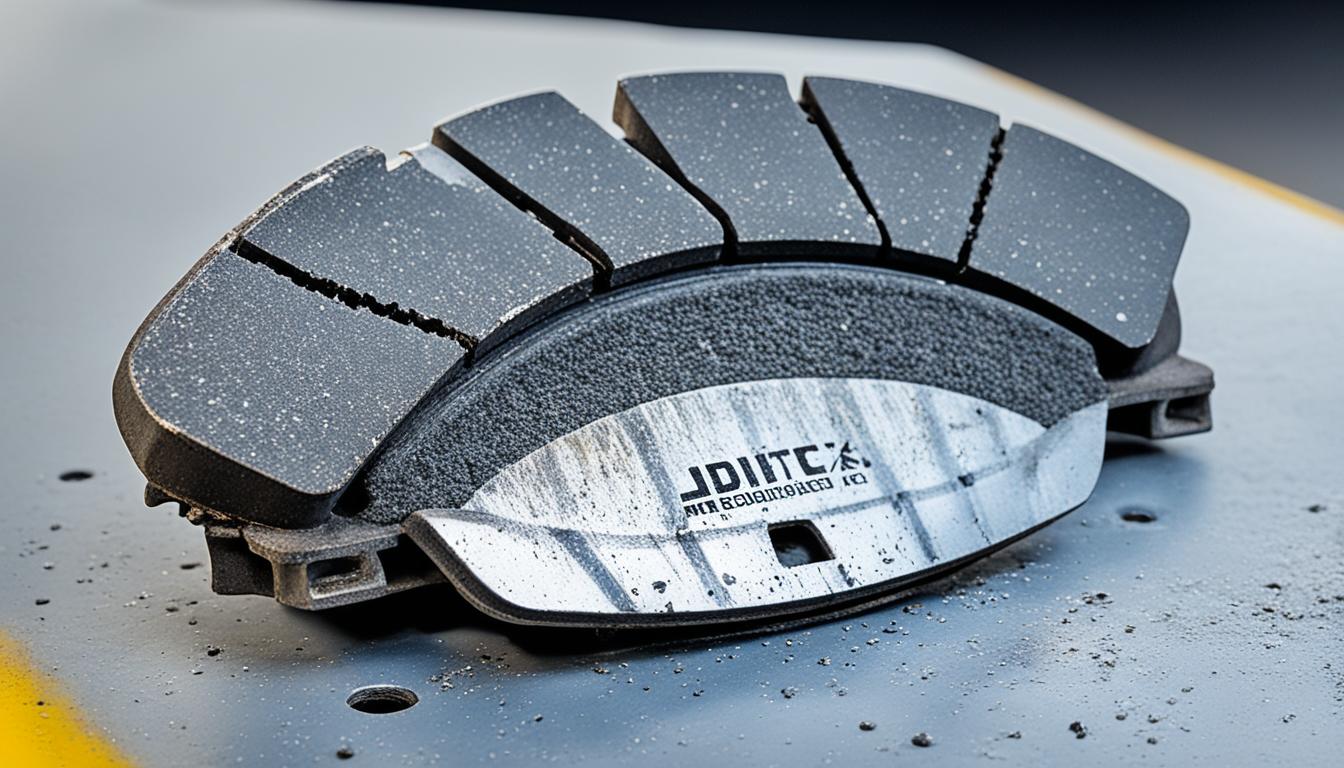
How Often Should Brake Pads Be Replaced?
The time between brake pad changes varies. It depends on how you drive, what your vehicle is, and how much it carries. Change your brake pads every 20,000 to 50,000 miles, according to common advice. Yet, it’s best to refer to your car’s manual or talk to a mechanic for the exact timing for your car. Make sure to check your brake pads often for any signs of wear.
When brake pads wear out, you might feel your car doesn’t stop as well. You may feel a shake when you hit the brakes or see that you need more road to stop. Watch how thin the pads get. They should be thicker than 3mm. Also, if you hear loud noises when you brake, your pads might be in bad shape.
Driving with old brake pads is dangerous. It can make your car take longer to stop, which is not safe. Plus, it can harm other parts of the braking system, making repairs more costly. So, always be on the lookout for any issues with your brakes. This way, you stay safe and save money on future repairs.
Get your brake pads checked regularly, like during tune-ups. This helps you stay ahead of any problems. By quickly changing old pads, you keep your car safe. And this lets you drive without worrying too much about your brakes.
For a visual representation of brake pad wear and tear, refer to the image below:
Make sure to check your brake pads often. A quick look can catch any issues early. This simple step helps you have great brakes and be safer on the road for you and others.
Conclusion
Making sure your brake pads are in good shape is very important. It keeps your car running safely and smoothly. With a bit of care, you can make your brake pads last longer. This means you can drive without worrying too much.
Think about what kind of car you have, how you drive, and where you drive. These things matter when picking the best brake pads. For the best results, check your brake pads often. Look for any signs that they might be wearing out. This includes looking for thin pads or unusual sounds when you brake.
Use your brakes gently and don’t overload your car. Keep a good distance from the car in front of you. These habits can make your brake pads last longer. Also, make sure your brake fluid is always at the right level. Getting help from brake experts, like at Lamb’s Tire & Automotive, is a smart move. They can ensure your brakes stay in top condition.
Don’t forget about your brake pads. Regular checks and care keep you and your passengers safe. Plus, it helps you save money by avoiding big repair bills. Make brake pad maintenance a priority. You’ll feel good knowing your car has great brakes.



